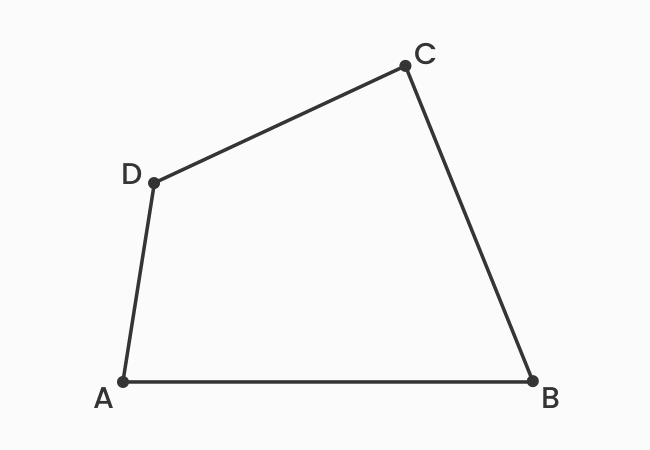The sides, which have a common vertex in a quadrilateral are called the adjacent sides of a quadrilateral.
There are four line-segments in a quadrilateral. The endpoint of one line segment is connected to the endpoint of another line segment to form a closed geometric shape. Thus, every two sides are connected at an intersecting point, called a vertex, and the two sides are called the adjacent sides of a quadrilateral.

The adjacent sides are also called the consecutive sides of a quadrilateral. There are four pairs of consecutive sides in a quadrilateral. Now, let’s identify four pairs of adjacent sides in a quadrilateral.
A free math education service for students to learn every math concept easily, for teachers to teach mathematics understandably and for mathematicians to share their maths researching projects.
Copyright © 2012 - 2025 Math Doubts, All Rights Reserved